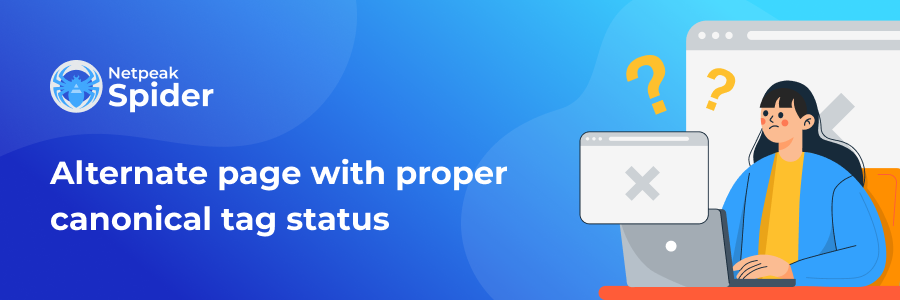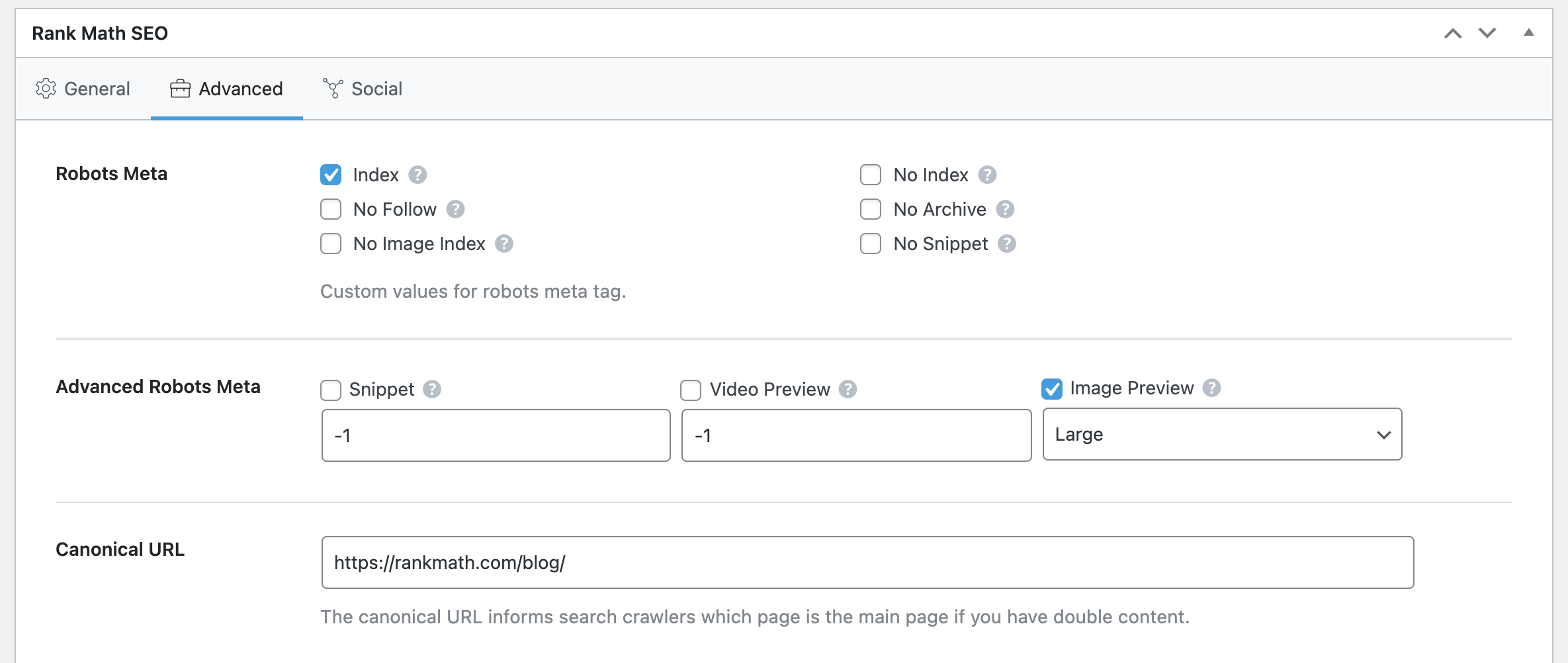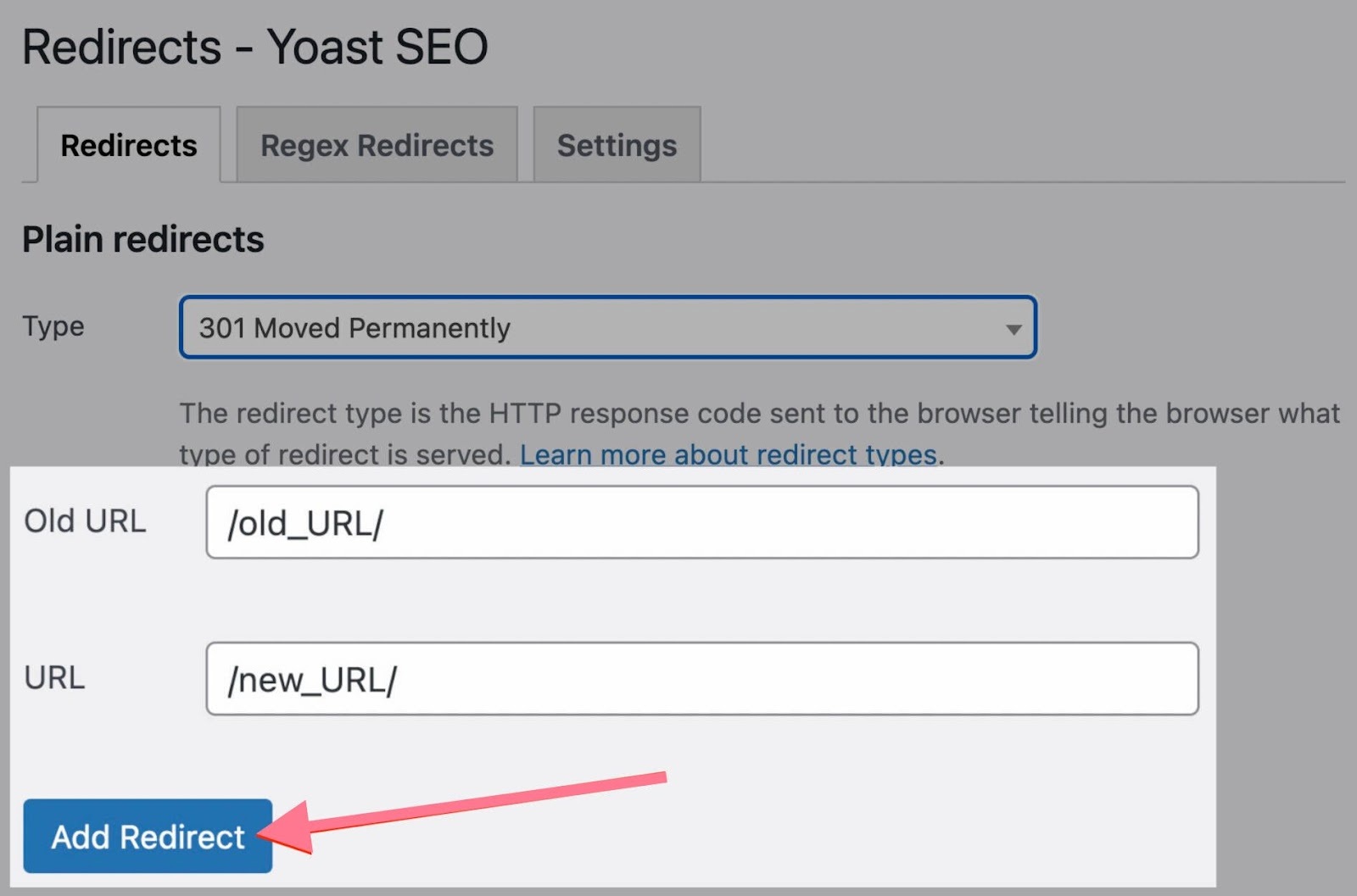Mastering Canonical Tags in Google Search Console: Optimal Alternate Page With Proper Canonical Tag
Site Audit Issues
Content:
- Decoding “Alternate Page with Proper Canonical Tag” in Google Search Console
- Canonical Tags Demystified: A Comprehensive Guide
- Effective Strategies to Resolve “Alternate Page with Proper Canonical Tag” Status
- Advanced Solutions: Utilizing Netpeak Spider for Canonical Tag Corrections
- Conclusion: Enhancing SEO with Strategic Canonical Tag Management
Using Google Search Console and understanding its messages about canonical tags can be tricky. Many people struggle with the complexities of SEO, especially terms like “Alternate Pagewith Proper Canonical Tag.”
Our guide makes this easier. We’ll explain the SEO terms, simplify the processes, and give you what you need to use canonical tags right. This guide helps both SEO experts and beginners.
We’re here to enhance your understanding of canonicalization meaning and skills in managing your website’s SEO. Let’s dive in and change how you approach your website’s search engine optimization.
Decoding “Alternate Page with Proper Canonical Tag” in Google Search Console
In SEO, it’s vital to understand messages from Google Search Console, like the “Alternative Page with Proper Canonical Tag” status. This shows that Google views a page as an alternate to the main (canonical) page. The canonical tag is key in SEO, guiding search engines on which of similar or duplicate pages to index. It’s more like a guide than a strict rule, helping search engines see the link between similar contents on different URLs.
It matters when you have pages with similar content. For instance, a product page with different URLs due to tracking codes or session IDs could look like duplicates to search engines. The Google canonical tag helps you point out the primary page, uniting link strength and preventing duplication problems.
The “Alternate Page with Proper Canonical Tag” status means Google recognizes an alternate page and follows your chosen canonical URL. This is positive, indicating Google gets your site structure and content handling.
Yet, using canonical tags correctly is vital. Errors can cause incorrect indexing or ranking drops. So, keep an eye on these tags for your website’s search engine success.
Canonical Tags Demystified: A Comprehensive Guide
So, what is tagged canonically meaning? Canonical tags are essential in SEO, often overlooked despite their impact on a website’s ranking. They guide search engines to the correct version of a webpage when there are similar or duplicate contents on different URLs. Using Google canonical tags well can significantly affect your website’s perception and ranking by search engines.
The Role and Importance of Canonical Tags in SEO
A canonical tag in HTML, also known as “rel=canonical,” plays a crucial role in directing search engines to the primary version of a webpage. What is the canonicalized meaning? When the same or similar content appears on different URLs, this tag helps avoid issues by telling search engines which URL to display in search results.
Canonical tag meaning is essential in SEO. They solve the problem of duplicate content, a common issue in SEO. Doubled content can confuse search engines, harming a website’s search rankings. By setting a canonical URL, website managers can ensure the selected page maintains its strength in search rankings.
Identifying and Resolving Common Canonical Tag Issues
Canonical tags are helpful but can cause problems if misused, leading to poor page indexing and reduced authority.
A common issue is the self-referencing canonical tag. It might seem unnecessary, but you should canonicalize, meaning include a canonical tag Google pointing to the page’s URL. Thus, you avoid duplication issues caused by URL parameters, session IDs, or scrapers.
Issues also occur when different pages with unique content share the same canonical URL. It can lead to the wrong page being indexed and unique content being missed by search engines. Regular canonicalization check is crucial to avoid this.
Inconsistencies between canonical tags and the site’s navigation or sitemap can cause indexing issues. Canonical tags should match the main navigation paths of the website.
Review your site’s structure and canonical tag used to fix these issues. Tools like Google Search Console can spot canonical problems. SEO platforms like Moz or SEMrush offer detailed tools for more extensive audits.
Effective Strategies to Resolve “Alternate Page with Proper Canonical Tag” Status
A strategic approach is vital to manage the “Alternate Page with Proper Canonical Tag” status well. We’ll explore two methods: properly using canonical URLs with Rank Math and 301 redirects to boost SEO.
Implementing Correct Canonical URLs with Rank Math
Rank Math is a powerful SEO plugin for WordPress that simplifies managing canonical pages. The first step in using Rank Math to address canonical issues is ensuring your pages have the correct URLs. This is especially important for websites that have content accessible via many URLs.

To set a canonical page in Rank Math, navigate to the meta box on your post or page editor. Under the “Advanced” tab, you’ll find the option to specify a canonical URL. This field should be used to state the preferred URL of the content, especially if there are many versions of the page. It’s crucial to be precise; the URL must match the preferred page, including the correct HTTP or HTTPS protocol and www or non-www prefix.
Rank Math offers solutions for complex cases. For instance, if a blog post is accessible through various categories, creating many URLs, Rank Math lets you choose a primary category. This helps unify the canonical URL.
Leveraging 301 Redirects for SEO Success
301 redirects are another effective tool for resolving canonical issues. 301 redirects are crucial when you’ve moved content from one URL to another or want to direct search engines and users to a preferred page version.

With the “Alternate Page with Proper Canonical Tag” status, 301 redirects can reroute all alternate page versions to the canonical one. It consolidates link equity to the preferred URL and ensures users reach the right page.
To put in place 301 redirects, you can use the .htaccess file on Apache servers or change web server configurations for Nginx servers. WordPress users have plugins like Rank Math or Redirection for easy setup without editing server files.
Use 301 redirects carefully to avoid traffic loss and SEO problems. Ensure redirects go straight to the canonical content version and use them appropriately, usually when content is moved or consolidated.
Advanced Solutions: Utilizing Netpeak Spider for Canonical Tag Corrections
Netpeak Spider and Checker can optimize your website's SEO through detailed management of canonical tags. Here's a concise process:
- Begin with Netpeak Spider. Download and set up Netpeak Spider. When setting up your crawl, focus on canonical URLs.
- Perform a Full Crawl. Enter your website's URL and start the crawl. Netpeak Spider will analyze your site, concentrating on canonical tags.
- Examine Canonical Tag Data. Post-crawl, the tool offers in-depth data on your canonical tags, including pages with canonical tags, canonical chains, and non-compliant canonical URLs.
- Identify and Export Problems. Use Netpeak Spider to spot issues like non-compliant canonical URLs and chains. Export these findings for a thorough review.
- Review Canonicalized Pages. The tool highlights pages where the canonical URL differs from the page's URL, helping you find inconsistencies.
- Check for Duplicate Canonical URLs. It also finds cases where many pages share the same canonical URL, which is crucial for tackling duplicate content.
- Export Special Issues Reports. For more analysis, export reports focusing on specific Google canonical link issues.
- Assess Other Website Problems. Netpeak Spider also offers insights into extra website issues for an all-encompassing SEO audit.
Following these steps with Netpeak Spider can improve your site's SEO by managing and correcting canonical tags efficiently.
Conclusion: Enhancing SEO with Strategic Canonical Tag Management
Correctly used canonical tags lead search engines to the right web pages, improving your SEO performance. They’re crucial in preventing duplicate content issues, uniting link equity, and ensuring your content reaches the right audience.
We’ve seen how tools like Google Search Console, Rank Math, and Netpeak Spider are vital for identifying and fixing canonical tag issues. They offer unique features, from setting the correct canonical URLs to spotting and solving problems through thorough site crawls. These tools can significantly enhance your site’s search rankings and visibility.
SEO is an ongoing process. Regular canonicalization check, constant monitoring, and timely fixes of canonical tags are necessary. Stay alert and proactive in handling your site’s canonical tags to keep a solid and healthy online presence.
Ready to boost your website’s SEO? Start using these strategic canonical tag management techniques now. If you need more help or a complete SEO audit, our team of experts is here to assist. Let us guide you to the search engine success your site deserves!



.png)
